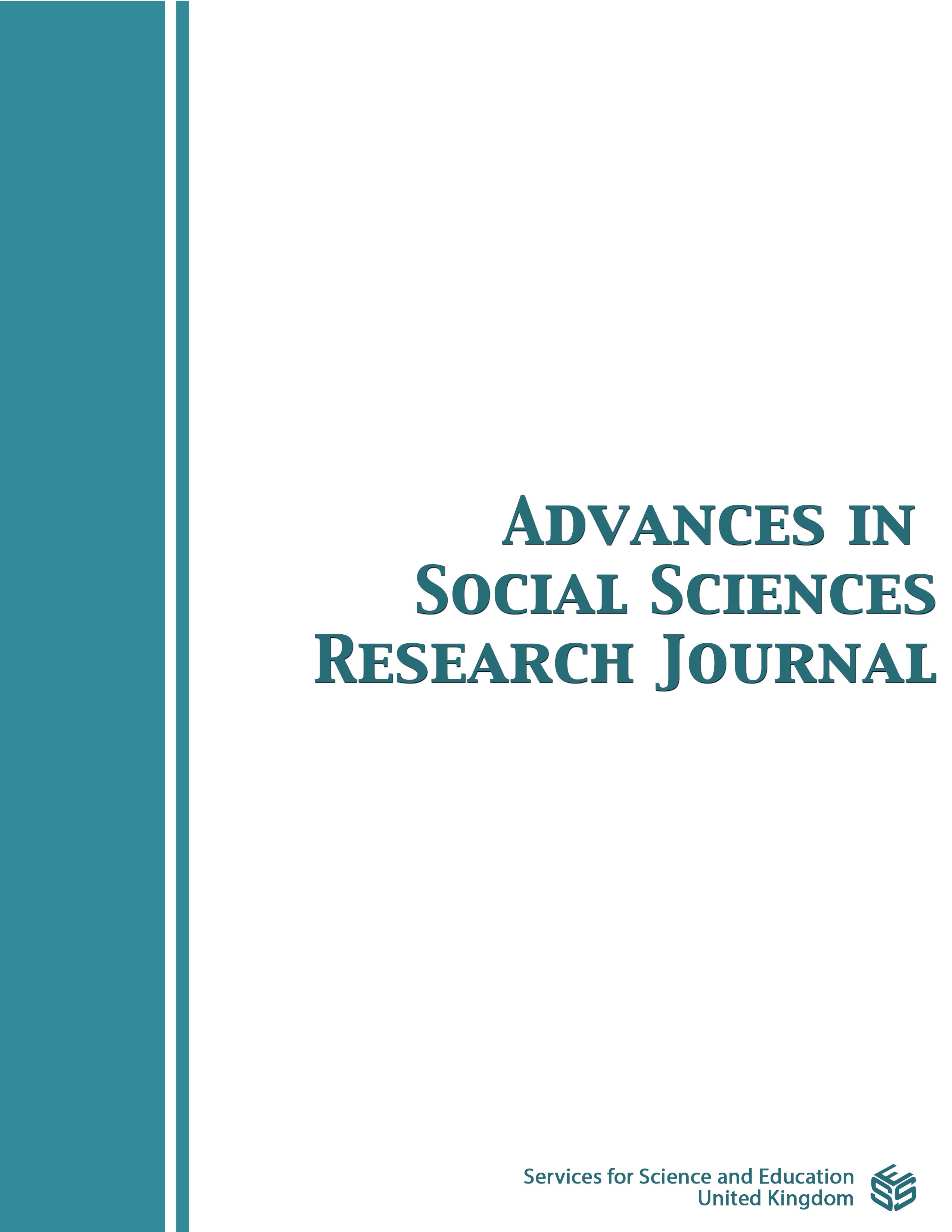The Influence of Brazilian Culture on Organizational Structure, Employee Motivation and Recruitment and Selection Practices, While Considering German Practices, is Significant
DOI:
https://doi.org/10.14738/assrj.118.17387Keywords:
Organizational Behavior, cultural dimensions, Human Resource Management, culture, Employee Motivation, Recruitment, selection practicesAbstract
Organizational behavior (OB) focuses on studying the behavior of people within organizations. It aims to understand, predict, and influence human behavior an structure to enhance organizational performance. Globalization refers operating and competing in the global economy while upholding social responsibilities and business ethics. There is a prediction by French that the global shortage of workers may decrease in the future. Additionally, adopting cross-cultural approach in OB helps in recognizing variations in workplace attitudes and behavior among individuals and groups (Christy, 11th edition, 2016). Geert Hofstede identified four cultural dimensions: power distance, uncertainty avoidance, individualism, and masculinity, Additionally, Fon Trompenaars, Charles Hampden- Turner identified seven areas in which cultural differences affect aspects of organizational behavior. These areas include relationships and roles, individual oriented societies, the display of emotions in public, the significance of building relationships in diffuse cultures, and the value of achievements within societies, the shift from collectivism towards individualism in Brazil validates Hofstede’s assumption about cultural change due to global economic growth. (Podrug, et al., n.d.).
Downloads
Published
How to Cite
Issue
Section
License
Copyright (c) 2024 Anoosha Shalwani

This work is licensed under a Creative Commons Attribution 4.0 International License.
Authors wishing to include figures, tables, or text passages that have already been published elsewhere are required to obtain permission from the copyright owner(s) for both the print and online format and to include evidence that such permission has been granted when submitting their papers. Any material received without such evidence will be assumed to originate from the authors.






